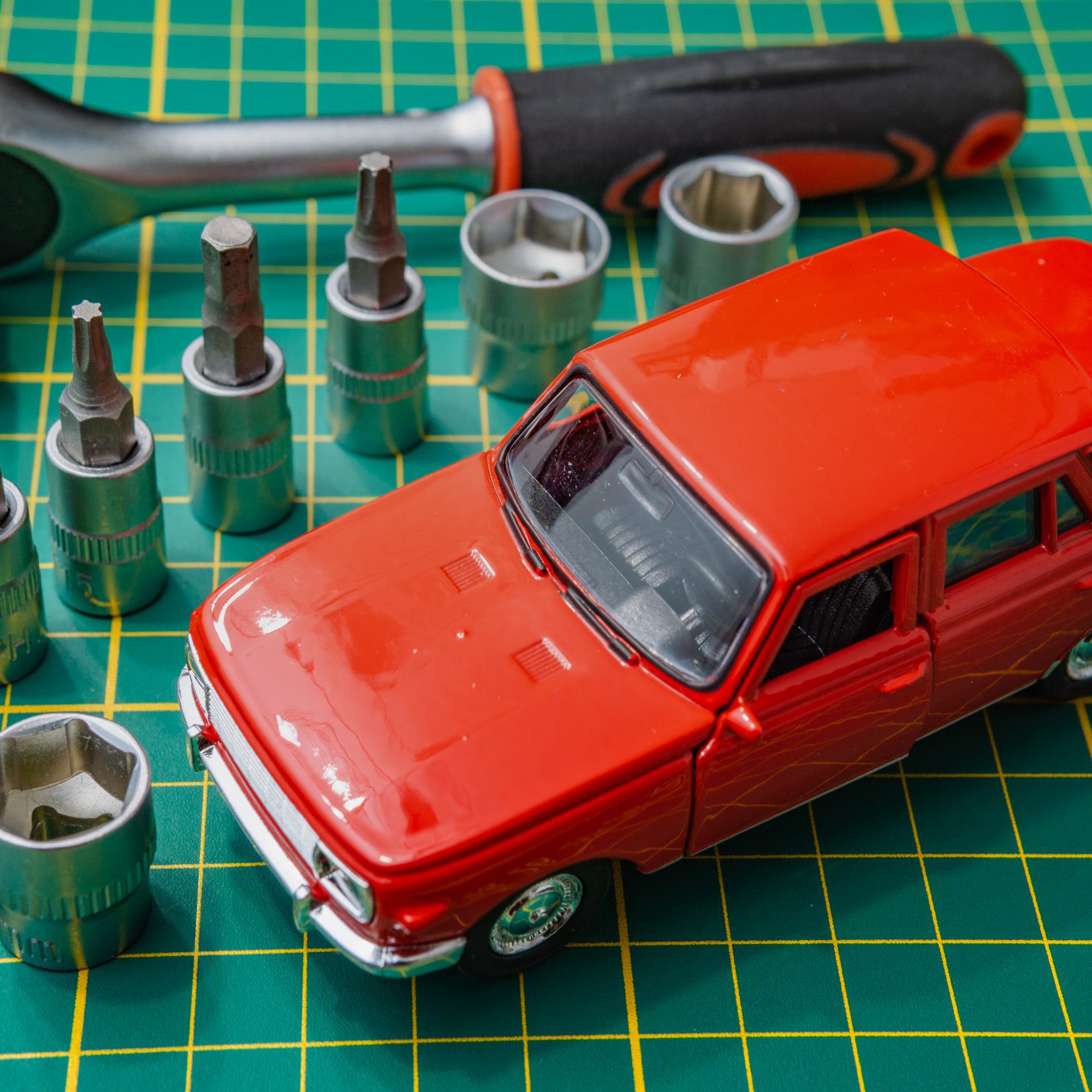It was during one of my numerous road trips when the beauty of sunrays bouncing off a crimson muscle car caught my eye. I couldn’t help but wonder: Have you ever noticed how automobiles can be a lot like humans? Think about how they age, wear and tear over time, just like us. And when captured under the right light, they can tell a thousand stories.
The world of automotive photography is a fascinating fusion of design, art, and technology. A little-known fact is that car advertisements make up a significant 25% of all commercial photography, solidifying automotive photography as a sub-genre in the commercial photography industry. It’s so much more than just clicking fancy cars– it’s about bringing them to life, capturing their spirit, and unveiling the aesthetic narratives they possess.
Automotive Photography: The Intersection of Art and Technology
“Why would I photograph a car?” a friend once asked. “They’re just machines!” The words hung heavy in the air, a vibrant challenge awaiting a fitting response. “Well,” I began, “think of it like landscape photography. You’re not merely capturing trees or hills, but portraying the landscape’s soul. Similarly, automotive photography is not about photographing cars. It’s about encapsulating their character, their design, the labour of love that went into their creation.”
Automotive photography is like taking a journey back in time. Through the lens, you’ll encounter vintage classics that echo the roar of the past, sleek sports cars that symbolize speed and freedom, or perhaps rugged off-roaders that resonate with adventure. You’re not just clicking a picture; you’re capturing an era, a sentiment, a lifestyle.
So how do you put the ‘auto’ in ‘automotive photography’? It’s all about appreciating the finer details. The gleaming car hood that mirrors the sky, the lattice of shadows the wheel spokes cast, or the complex patterns within tail lights – these are the elements that can transform an ordinary car photo into a work of art.
Nailing the Technicalities: Equipment and Settings
“What camera should I use for car photography?” you might wonder. While it’s true that top-notch DSLRs or mirrorless cameras can deliver astounding quality, remember that the best camera is the one you have with you. Even your smartphone can produce great results with the right techniques and perspectives. Nonetheless, a camera that allows manual adjustments can give you greater control over the final shot.
Speaking of techniques, familiarize yourself with concepts like aperture, shutter speed, and ISO; they’re your best friends in this journey. A wider aperture can help you achieve that perfect bokeh, focusing on the car and blurring the background. Playing with the shutter speed can help you capture motion shots with an artistic blur, while manipulating ISO can assist in darker settings.
Automotive Compositions: Framing the Story
But automotive photography isn’t merely about sharp images or perfect lighting. It’s about the narrative: framing the story you want the vehicle to tell. Is it a snippet from a high-speed chase, a scenic drive through the countryside, or a portrait of a vintage classic? You decide the story. Car’s positioning, the angle of your shot, and the choice of background, all contribute to the narrative. The challenge, or rather the art, is to create an image where the car feels like a part of the scene rather than an object placed in it.
So, are you ready to embark on this journey into automotive photography, documenting the vibrant tales of machines crafted by man? Remember, patience is key, and practice, your highway to success.


0 Comment